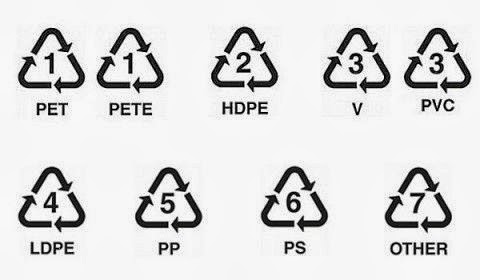Recommended articles: Risk management
- Fifteenth progress report on adoption of the Basel regulatory framework. This updated progress report provides a high-level view of Basel Committee members' progress in adopting Basel III standards as of end-September 2018.
- An evolving financial system: Don’t leave it too late, simulate. Thanks to transformative post-crisis reforms, the financial system is safer and simpler than it was a decade ago. But the structure of the system continues to evolve, partly in reaction to those reforms. Economies are now more reliant on market-based finance. This column argues that to deliver the macroprudential objective of a system that is able to serve households and businesses in bad times as well as good, policymakers must run stress simulations on systemic markets as well as systemic banks, and take pre-emptive corrective action where necessary.
- INEXDA - the Granular Data Network. The financial crisis of 2007-08 has highlighted the need for using granular data on financial institutions and markets to detect risks and imbalances in the financial sector. Data producers such as central banks and national statistical institutes are witnessing a growing need to improve granular-data access and sharing. When making granular data available, data producers face significant legal and technical challenges related to, among others, safeguarding statistical confidentiality. This paper introduces the INEXDA international network, which provides a platform for data producers to exchange practical experiences on the accessibility of granular data, metadata as well as techniques for statistical analysis and data protection.
- Corporate Debt = $1 Trillion Dollars
- Chart of the Week: Government Debt Is Not the Whole Story: Look at the Assets.
- ‘All in the mind’: Harnessing psychology and analytics to counter bias and reduce risk. A few pioneering financial institutions have applied an analytics-based approach to debiasing their business decisions.
- Finally, BIS global liquidity indicators at end-June 2018.



Comentarios